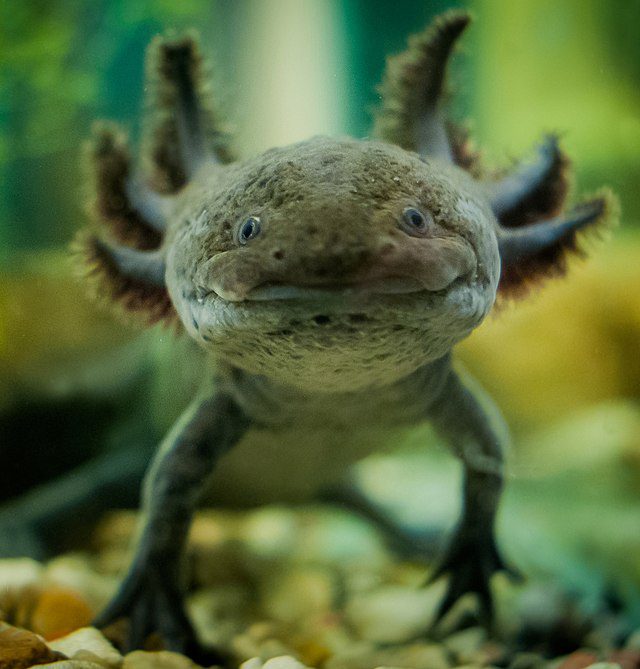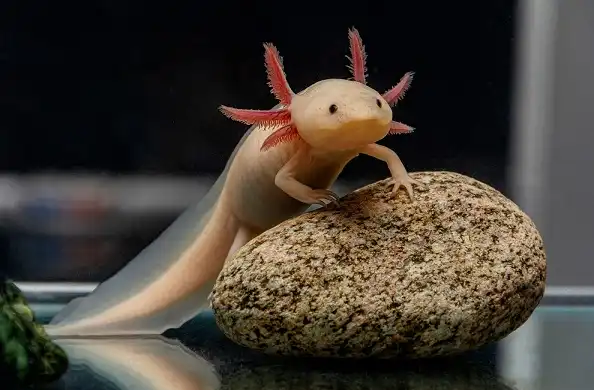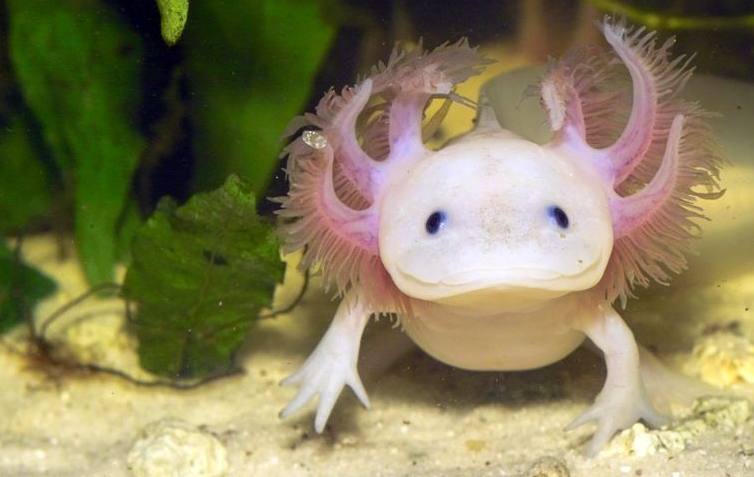Everything about the Axolotl and why it is a CITES animal in the Netherlands
In the world of exotic pets, the Axolotls now extremely popular among young and old. With its cute appearance and unique features, it is no wonder that more and more people in the Netherlands are attracted to this fascinating salamander.
However, what many people don't realize is that the Axolotls is a CITES animal. But why is that the case? In this blog we take a closer look at the reasons why the Axolotls is considered a CITES animal in the Netherlands. And what this means for you if you want to start one yourself Axolotls as a pet.
What is CITES?
Before we explore the reasons why the Axolotl falls under CITES, it's important to understand what CITES actually means.
CITES stands for the “Convention on International Trade in Endangered Species of Wild Fauna and Flora(Convention on International Trade in Endangered Species of Wild Fauna and Flora).
It is an international treaty that aims to regulate and control international trade in endangered wildlife.
CITES has been in effect since 1975 and is enforced by many countries, including the Netherlands.

CITES, the Convention on International Trade in Endangered Species of Wild Fauna and Flora, is an international treaty that aims to regulate and control international trade in endangered wildlife. CITES has been in force since 1975 and is enforced by many countries, including the Netherlands
The Axolotl: An endangered species
De Axolotls (Ambystoma mexicanum) is a salamander native to the Xochimilco and Chalco Lakes in Mexico. One of the outstanding features of the Axolotls is its ability to remain in a larval state. Allowing him to spend his entire life in the water and maintain his signature cute look.
Unfortunately the Axolotls become an endangered species due to several factors. The main threats to their survival are habitat loss due to urbanization and pollution of their natural environment. In addition, illegal trade has contributed to their population decline, with them often being traded as pets.

Protection under CITES
Due to the rapid decline of the Axolotl population, Mexico, the country of origin, has worked to protect this unique species.
In 2010 the Axolotls officially added to Appendix I of CITES. This means that international trade in Axolotls and their derivatives is strictly controlled and restricted.
Appendix I includes endangered species whose trade is only allowed under very limited circumstances. Such as for scientific research or conservation of the species.
The Axolotl, an endangered species from Mexico, is protected under CITES, an international treaty that regulates the trade in endangered wildlife. Since 2010, the Axolotl has been listed on Appendix I of CITES, which means that international trade is strictly controlled.
the Netherlands and CITES
As a signatory country of CITES, the Netherlands has a responsibility to comply with and enforce the rules of the convention. The aim is to prevent endangered species, such as the Axolotl, from being further threatened by international trade. And keeping these animals as pets without proper permits.
Owning a CITES animal, such as the Axolotl, in the Netherlands requires a special permit. Strict conditions and rules apply. These rules are designed to ensure that Axolotls are kept in captivity under the right conditions and that there is no illegal trade.
Recording the Axolotls in CITES is an important step in the protection of this unique species. It helps to ensure that Axolotlss are not threatened by uncontrolled trade. And that they are only kept in captivity by responsible owners who meet the right requirements.

What does this mean for you as a future Axolotl owner?
As a future Axolotl owner, CITES has an important influence on your purchasing process. When purchasing an Axolotl in our store you will have to sign a transfer statement. This transfer statement is your proof of origin.
If you want to start an Axolotl, you will have to sign a transfer statement when purchasing from us in the store. This is your proof of origin and shows where you purchased your Axolotl.
This statement is essential, as it indicates that your Axolotl comes from a legitimate source. And that trade in this endangered species is in accordance with CITES rules and regulations.
By signing this statement, you show that you are aware of the responsibility to protect and conserve this unique species. As an Axolotl owner, you share responsibility for preserving these beautiful creatures for future generations to enjoy.







